Irish economy grows three times faster than euro zone average in 2022
The EU’s statistical agency, Eurostat, has estimated that the euro area economy, measured by GDP, grew by 0.1% in the last three months of last year compared to the previous three months.
Across 2022, Eurostat estimates that the euro area economy grew by 3.5% of GDP.
Ireland’s economy, boosted by the performance of multinationals, grew by 12.2% – three and a half times faster than the euro area average.
The Irish economy also grew by 3.5% of GDP in the final quarter of 2022 compared to the euro area average of 0.1%.
Compared to the fourth quarter of 2021, the euro area economy grew by 1.9% in the fourth quarter of last year while the Irish economy grew by 15.7%.
These figures are “flash estimates” and are subject to revisions.
Today’s figures show that the euro zone avoided a recession even as sky-high energy costs, waning confidence and rising interest rates took a toll on the currency bloc’s economy.
Gross domestic product in the euro zone expanded by 0.1% in the fourth quarter, outperforming expectations in a Reuters poll for a 0.1% drop.
Compared to a year earlier, growth was 1.9%, above expectations of 1.8%.
Among the bloc’s biggest countries, Germany and Italy recorded negative growth rates for the quarter but France and Spain expanded, Eurostat added, based on a flash estimate that is subject to revisions.
Russia’s nearly year-old war in Ukraine has proved costly for the euro zone, which now spans 350 million people in 20 countries, given some members’ heavy reliance on cheap energy.
Surging oil and gas prices have depleted savings and held back investment while forcing the European Central Bank into unprecedented rate hikes to arrest inflation.
But the economy has displayed some unexpected resilience, too, much like during the Covid-19 pandemic, when growth outperformed expectations as businesses adjusted faster to changed circumstances than policymakers had predicted.
More recent figures like a crucial confidence indicator or the latest PMI data suggest that growth has hit bottom already and a slow recovery is underway, helped by a mild winter that has limited energy spending.
With market based energy prices hovering at pre-war levels, the International Monetary Fund upgraded its growth projection for the bloc, citing unexpected resilience, helped by generous government support.
The IMF now sees growth at 0.7% for the full year, above its 0.5% forecast of October and the 0.5% predicted by the European Central Bank in December.
But even if the euro zone is doing better than feared, growth in 2023 will be among the weakest on record due to a large drop in real incomes and surging interest rates.
The ECB has raised rates by a combined 2.5 percentage points to 2% since July to tame inflation, and markets see another 1.5 percentage points of increases by mid year, which would put the deposit rate at its highest level since the turn of the century.
Such a rapid increase is putting a brake on bank lending, a key source of credit for businesses, and access to loans has already suffered the biggest drop last quarter since the bloc’s 2011 debt crisis.
